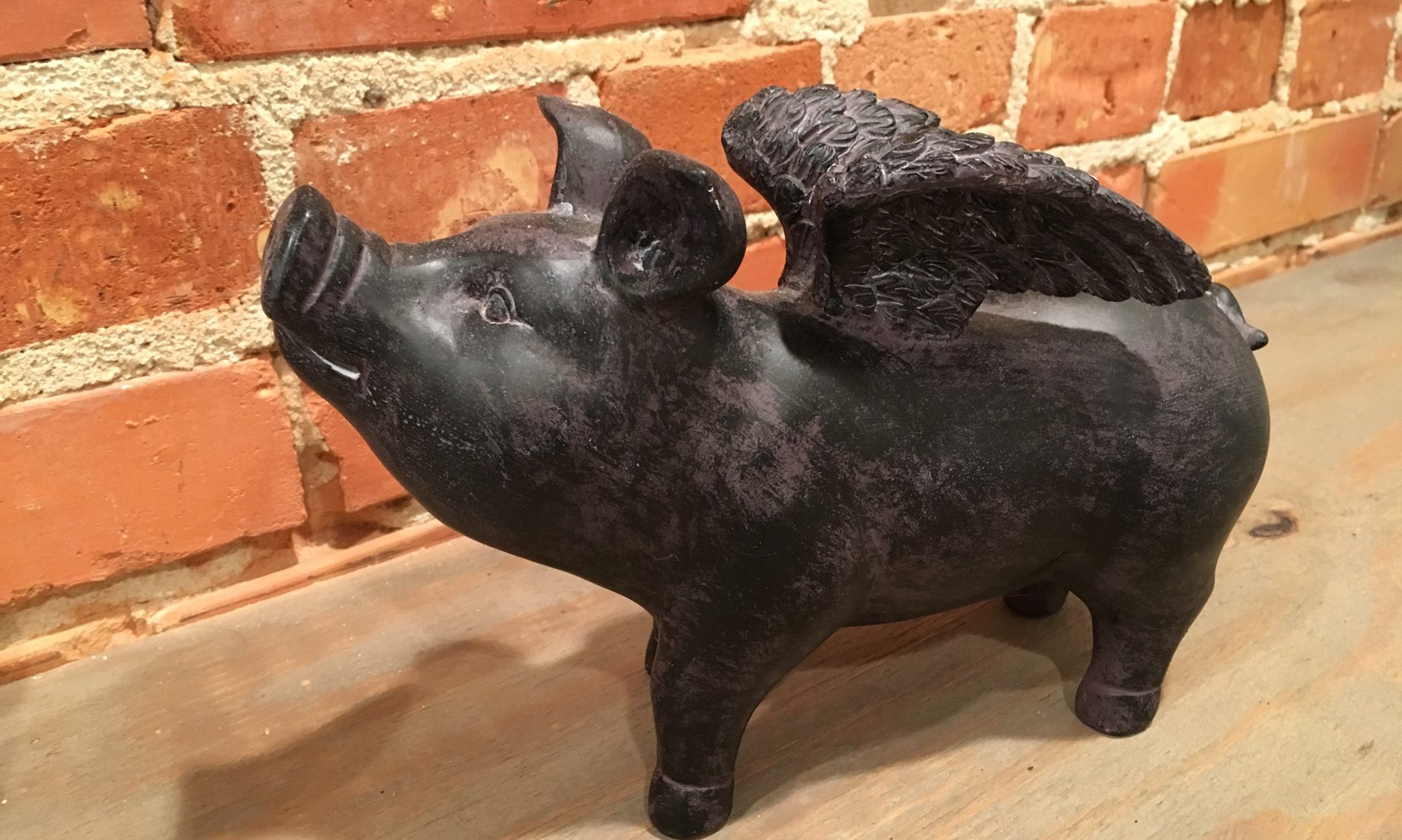Today was the day of the Spork. Almost all of our projects for the day revolved around finishing the battery box. I did small things around the shop and a few small things to the airplane such as tidying up the ELT antennae.

I had some surgical tubing hanging around the shop from a sling shot project we’d done years ago. It is soft rubber that combined with a zip tie gives a good vibration friendly hold of the top of the antennae keeping it from whacking into things in the tail during flight.

I also added a small contribution to the battery box by milling the slot in the tray for the hold down straps. Not because Spork couldn’t do it but it was a good division of labor at the moment so I knocked it out.

But other than milling the slot and a sometimes helpful bit of advice here or there, this battery box was entirely Spork’s creation, from concept to template to fruition. He even did all the installation in the airplane. And it fit perfectly! Just the right amount of hold down tension, perfect brakes on the metal. It looks really good and he learned a lot.

You don’t really notice it there, but the ground cable is complete and laying against the bulkhead. The hot lead is hooked up to the battery and the ground is bolted to the airframe but not connected to the battery, keeping the angry pixies from flowing and creating any sparks.
The weight savings for this battery vs. a normal battery is amazing. I have pretty much the same battery in a traditional lead acid battery and it weighs probably 30 pounds. This one weighs about 3-4 pounds? When you pick it up, it feels like an inert sample battery like you’d see on display. The shell is there, but none of the guts. It is kinda weird. And it has slightly more amperage and higher voltage than the other battery I have on hand. It does cost about 4 times as much, so there is that, but when every pound counts, this is a huge weight savings. It also means we could make the battery box out of lighter material as well, saving weight there as well as work since thinner metal is easier to work.

With the battery installed, we could proceed onto other battery related items like running the power cable to the front of the airplane. This was a simple run as the wings have been removed and the fuselage is back on the rotating stands in prep for covering. So it was a simple matter of running the cable to the front, measuring the length we needed, and cutting off the extra (which became the ground lead). Then I taped the last terminal to the end of the cable so when it is time to start working in the cockpit, we will mount the master relay, then terminate this battery cable and attach. Voila! Instant power to the cockpit.

While I was snapping pictures, I realized that I really didn’t have a good picture of the cargo door we made once everything was finalized. Here you can see the frame within a frame that we made, plus the holes drilled for the hinge and for the drip guard. The bottom looks a bit green because it is. I had to file down a bit of the metal to get the Hysol filed smooth. So that is primer to protect the exposed metal. Once I get the painting equipment setup, I’ll go back and primer the entire door frame as there are nicks and bumps here and there from our work. This will be an area that gets banged a lot so it will need some extra protection.

Technically this is the to do list from the 23rd. That is the day we called an audible and did the butt ribs instead.
With the box completed and installed, we knocked out making and running the cables. I also adjusted the tailwheel lock so it works much better now.
Today I’m supposed to receive a box of aviation grade electrical terminals. Those should allow me to install the battery condition cable which basically blinks a light on the panel to alert you to the battery state. I’ll also be able to install the ELT cable as there are some terminals I need for that. Once those cables are installed and everything zip tied in place, it will be a once over of the fuselage to inspect for any dinged powder coat and a thorough cleaning. With everything touched up and clean, the fuselage will officially be ready for covering. I guess I should enjoy this to do list because the next one will say “cover airplane” and be the same for about a month. Not really, but close enough.
We’ll actually cover the wings first, because we need them done and out of the way so the paint booth can be constructed. I should pick up some box fans for that as well, now that I think about it. Done, gotta love Amazon. With the wings covered, we can then go to work on the covering the fuselage. Once that is done then it is time to start painting, something I know very little about. Oh well, this is supposed to be a learning experience. I’m sure it will be.
